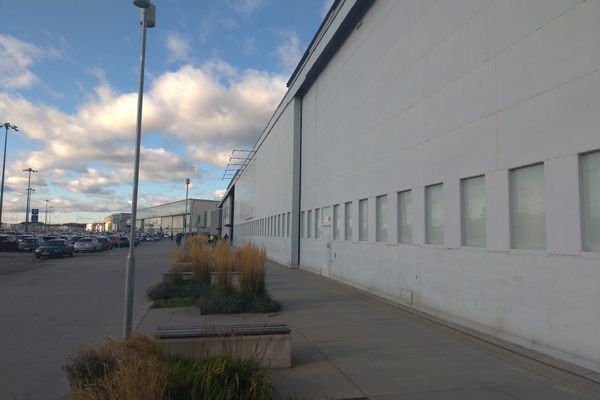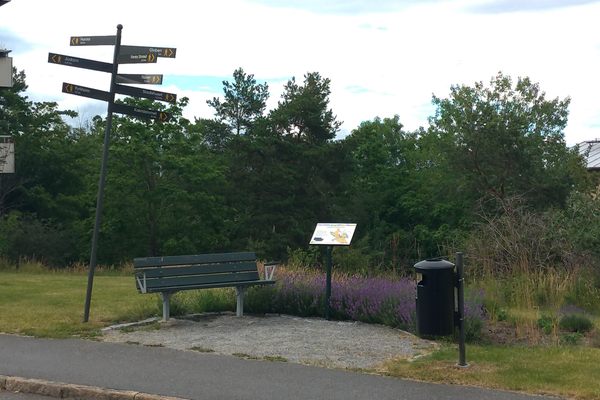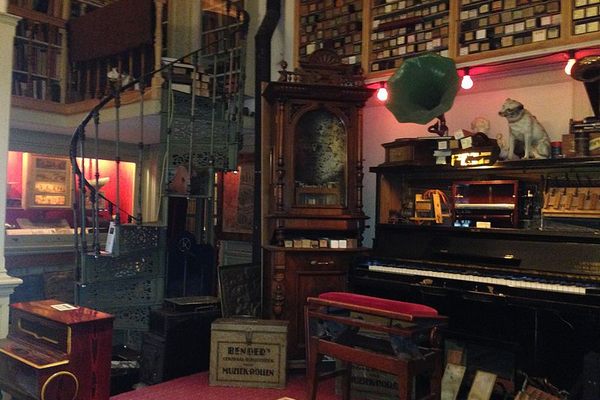AO Edited
Drottningholms Slottsteater
18th century opera in its original splendor.
Drottningholms Slottsteater, or the Royal Theater of Drottningholm, was built in 1766 and is one of the oldest preserved opera houses in the world. But it’s not just a relic collecting dust, or an old building with a modern, updated interior. The Royal Theater still uses the 18th century mechanisms that have powered the opera house for the last 250 years to put on shows in what they bill as the world’s most genuine early opera experience.
Although the interior appears modest by lavish royal standards, the true innards of the opera house are the most impressive feature of the theater. Wooden levers and pulleys keep the opera house churning during modern performances of classic operas. Each mechanism in the theater is operated solely by hand, which takes a crew performing physical labor throughout a show to keep the stage alive.
In an art form that is almost dead in contemporary opera, the theater performs changements à vue, or set changes within the view of the audience. This entails using the centuries-old machinery to move the 30 preserved sets around throughout a performance. Along with scene-changing mechanisms, the opera house also features an 18th century wave machine, thunder machine and cloud machine.
When it was built in 1766, the 400-seat Royal Theater was commissioned by Queen Louisa Ulrika on Drottningholm, which literally means Queen’s Islet. As a part of the Royal Palace just outside of Stockholm, the theater stayed very active under King Gustaf III until his death in 1792, when the theater closed for many years.
Rediscovered in 1921 by a literary historian, the theater was restored, given electricity and new ropes for the pulleys and shortly opened to bring back the glory of its original productions. Now after 250 years, it still functions in much the same way it did in the 18th century, offering visitors a chance to relive a royal opera production in modern-day Sweden.
Know Before You Go
A bus runs between the theater and Stockholm 15 minutes after performances. Tours are given daily from June to September in both Swedish and English.


















Follow us on Twitter to get the latest on the world's hidden wonders.
Like us on Facebook to get the latest on the world's hidden wonders.
Follow us on Twitter Like us on Facebook